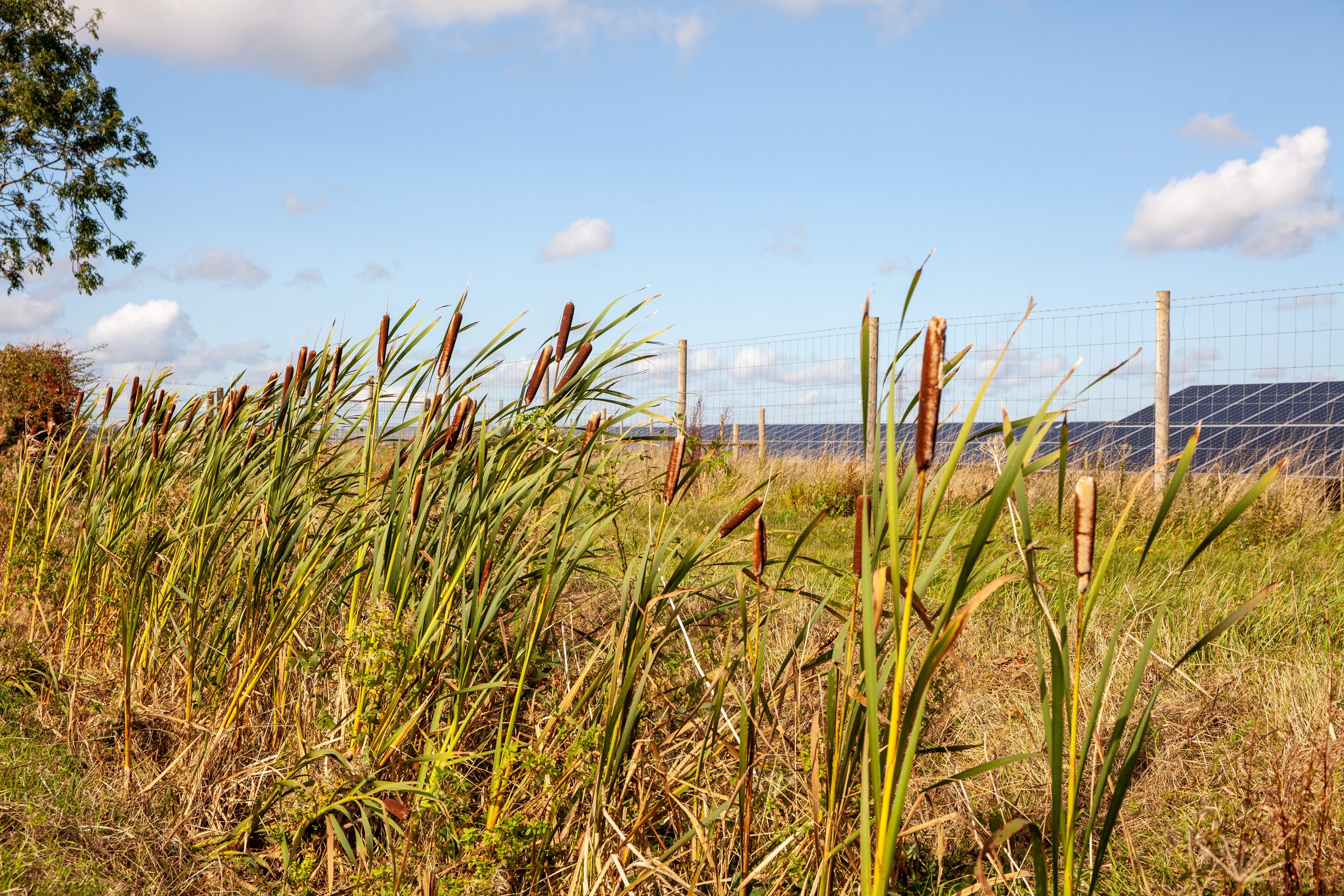
The Project
The Solar Park
The main elements of the solar park would include:
Solar photovoltaic (PV) panels and PV mounting structures: panels are positioned directly on the ground to convert the sun’s energy into electricity that will then be exported to the grid via an underground cable. We anticipate using a combination of fixed and tracker panels. The tracker panels (including their supports) could have a maximum height up to 4.5 metres.
Solar PV – additional design considerations
Solar PV technology is advancing quickly. To ensure we can incorporate the most current technology when we begin construction, our development consent application will be designed to be flexible.
When it comes to our application, we will therefore seek a consent that restricts aspects of the solar park which have potential environmental impacts including:
Solar panel height
Dimensions of the infrastructure i.e. onsite substations
Location of the panels across the site
The core components of the solar park include:
Solar PV panels: converting sunlight into electricity.
Solar PV mounting structures
Inverters: converting the direct current (DC) electricity generated by the panels into alternating current (AC). AC electricity is what powers homes and businesses.
Transformers: to increase the voltage of the electricity so it can be exported to the national grid.
Switchgear: to manage the flow of electricity and direct it to where needed.
Energy Storage System: on-site storage facilities – known as a Battery Energy Storage System (BESS) - would provide an important balancing service for the national grid. The BESS would store electricity generated by the solar PV panels at times when demand for electricity is low, with it then being exported on to the electricity transmission system when demand peaks. It could also be used to import and store electricity from the national grid until it is needed.
On-site cables: to connect the solar panels and the battery energy storage system to the inverters which in turn connect to the transformers. Higher voltage cables will be required between transformers and switchgear and from switchgear to the off-site electrical infrastructure.
Grid connection cables: providing the connection between the on-site substation and Melksham Substation to export the electricity generated by the solar PV panels onto the national grid.
On-site substations: to export electricity from the solar park to the national grid, ensuring it is accessible for public use. The substations will include will include a control building with welfare facilities.
Fencing: comprising deer wire and mesh and wooden posts to enclose operational areas of the site with pole mounted internal facing CCTV systems around the perimeter.
Site accesses: to be used during construction and for routine maintenance when the Project is operational, there will be designated entry points to allow safe access to different areas within the solar park.
New planting: new planting, landscaping and biodiversity measures across the site and around the perimeter to enhance biodiversity and improve the landscape - for example, planting new trees and vegetation.
Construction compounds: during construction, temporary construction compounds and temporary roadway accesses will be required to enable access to the land within the Site.


